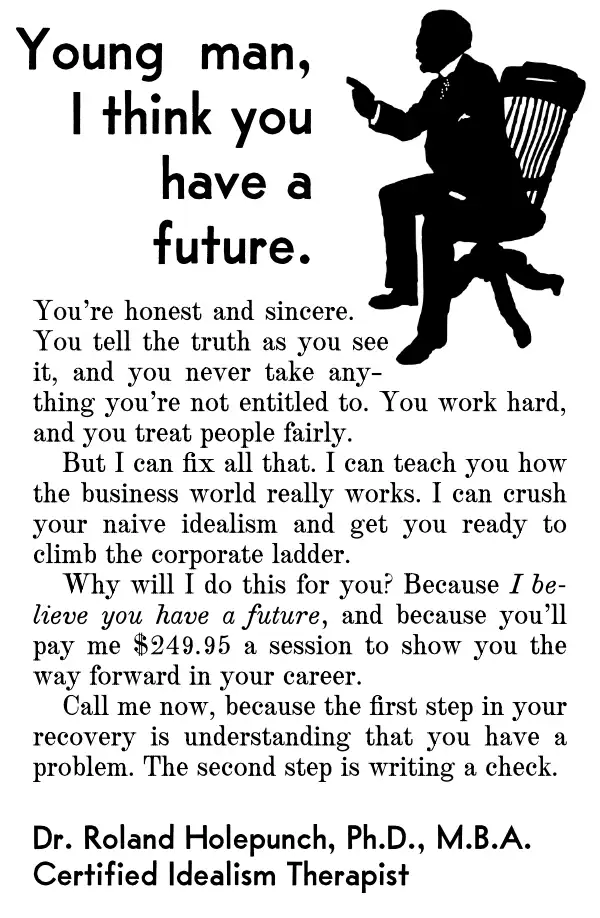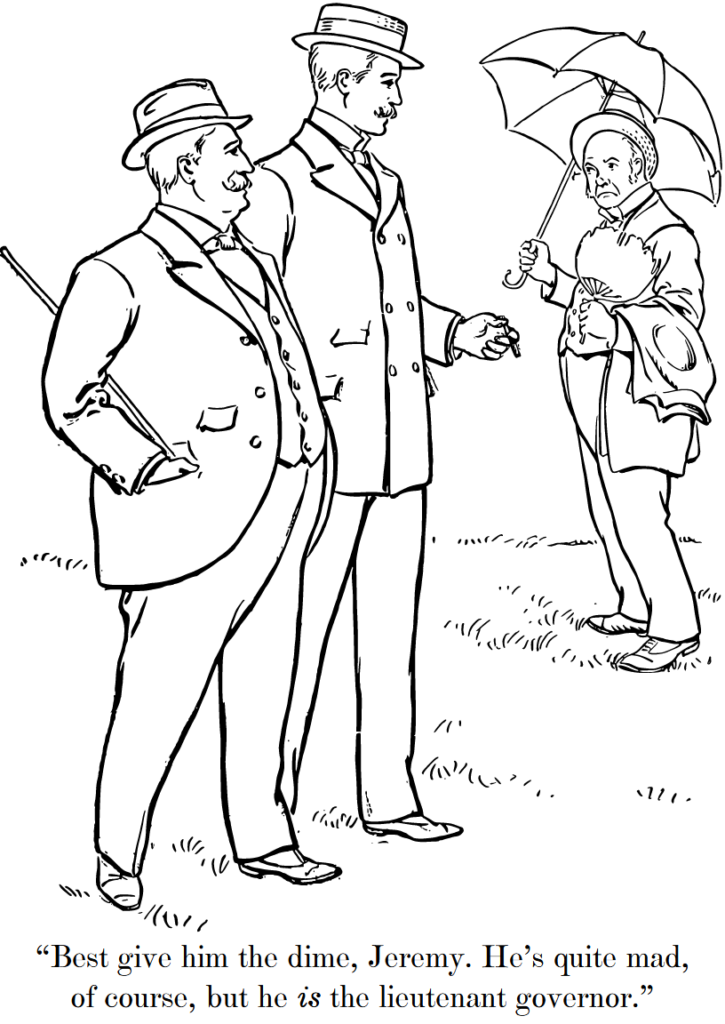“Form follows function,” said the great American architect Louis Sullivan, and all through the twentieth century and into the twenty-first, modernist architects have repeated that alliterative slogan as a verse from their scripture. It answers all objections; it silences all debate.
What would Louis Sullivan have thought of that?
Over at Ink, we published an essay entitled “Form Follows Function, and Ornament Follows Form,” in which we suggested,
If you had asked Mr. Sullivan whether he meant that the bare outlines of form must be presented to the world naked and without ornament, he would have told you he did not mean that, possibly including some colorful Chicago language for emphasis. He spent his whole career trying to come up with a native American system of ornament that would beat the pants off the stale European imports. We can be sure that he did not mean to leave us an inviolable commandment against any kind of decoration.
However, we do not need to speculate on what Louis Sullivan would have thought of alliterative slogans. Let us ask Mr. Sullivan that very question.
When a group of progressive-minded architects grew discontented with the conservatism of the American Institute of Architects, they seceded and formed the Architectural League of America, rallying under the slogan “Progress before Precedent.” The Brickbuilder asked a number of well-known architects “for an expression of opinion upon the general subject, considering not only whether the maxim of the League finds favor with the coming men of the Middle West, so much as what is the best view to take of the subject itself.” Poorly phrased, perhaps, but they got some big names to respond. One of them was Louis Sullivan. It appears that alliterative slogans made him grumpy and pessimistic.
In my judgment a maxim or shibboleth, such as “Progress before Precedent,” is in itself neither valuable nor objectionable.
The broad question involved in the advancement of our art is one that lies specifically with the rising generation, and it will answer in its own way,—theory or no theory, maxim or no maxim.
If the coming men possess in a high degree the gift of reasoning logically and unwaveringly from cause to effect, the rest, practically without qualification, will take care of itself.
The present generation does not possess this gift, nor does it trouble whether or not: hence chaos. That the younger men have it is, as far as I can observe, quite conjectural. Talk and good intentions we have, but talk and good intentions do not build beautifully rational buildings. Talk may be had for the asking and good intentions become pavements here as elsewhere; but delicate clarity of insight, sturdy singleness of purpose, and adequate mental training are notably so rare in our profession as almost to be freakish. We have muddy water in our veins.
I am an optimist, and live ever in hope; yet what I wish and what I see are by no means identical. Still, doubtless, there is a ferment working that we wot not of. I would discourage no one in the belief.
Finally, when all is said and done, the architectural art is a proposition too easy or too difficult, just as you choose to regard it. It is an art as yet without status in modern American life. Practically, it is a zero.






